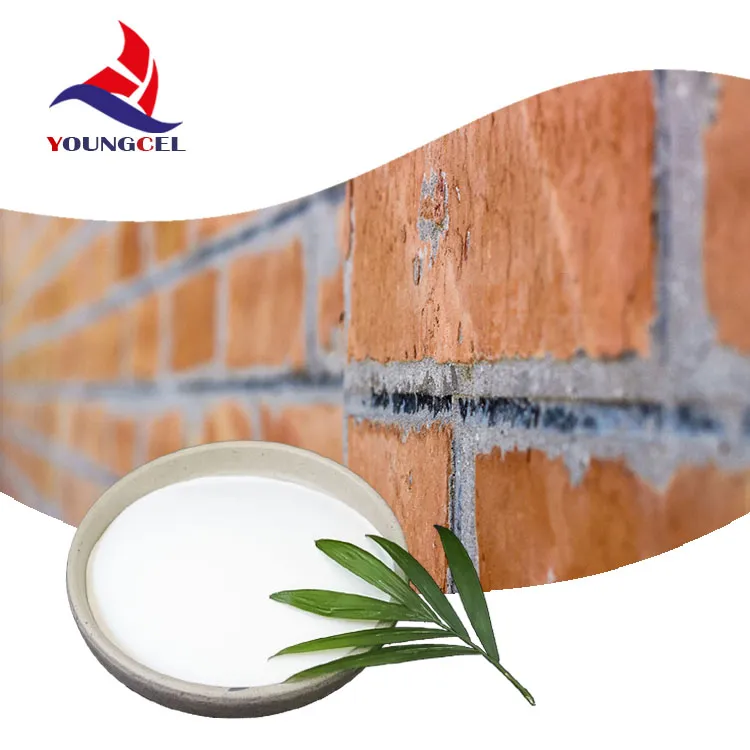The Importance of Cellulose and HPMC in Modern Applications
Cellulose, one of the most abundant organic polymers on Earth, has found extensive use in various industries due to its unique properties. One of its derivatives, Hydroxypropyl Methylcellulose (HPMC), stands out for its versatility and efficacy. As a non-ionic, water-soluble polymer, HPMC has redefined formulation strategies across multiple sectors, including pharmaceuticals, food, cosmetics, and construction.
What is Cellulose?
Cellulose is a natural polymer found in the cell walls of plants. It provides structural strength and rigidity and consists of long chains of glucose units linked by β(1→4) glycosidic bonds. Given its robust nature and biodegradable characteristics, cellulose is an environmentally friendly option for various applications. However, because of its insolubility in water, the modification of cellulose into derivatives like HPMC is essential for expanding its applicability in numerous fields.
Hydroxypropyl Methylcellulose (HPMC)
HPMC is created through the chemical modification of cellulose by introducing hydroxypropyl and methyl groups. This modification not only enhances the solubility of cellulose in water but also imparts unique properties such as film-forming abilities, thickening, and stabilizing characteristics. As a result, HPMC has become a popular choice in several areas.
Pharmaceutical Applications
In the pharmaceutical industry, HPMC is widely used as a binder in tablet formulations, ensuring uniformity and stability. Its ability to control the release of active ingredients makes it an essential component in controlled-release formulations, improving therapeutic outcomes. HPMC also serves as a thickening agent in ophthalmic solutions, aiding in drug delivery and improving patient comfort.
Furthermore, its compatibility with a variety of active pharmaceutical ingredients (APIs) allows for its incorporation into a range of dosage forms, including gels, emulsions, and suspensions. As researchers continue to innovate within the pharmaceutical landscape, HPMC’s role is expected to expand even further.
cellulos hpmc

Food Industry Applications
In the food sector, HPMC acts as a thickening agent, stabilizer, and emulsifier. It enhances texture, aids in moisture retention, and improves the shelf-life of various products. Given increasing consumer demand for clean-label and plant-based products, HPMC—derived from cellulose—offers a modification of traditional food additives. Its ability to form gels and provide a unique mouthfeel makes it valuable in creating low-fat and gluten-free items without sacrificing quality or taste.
Additionally, the use of HPMC in dietary supplements has gained traction, particularly in the formulation of vegetarian capsules, providing an alternative to gelatin while maintaining drug stability.
Cosmetic and Personal Care Products
In cosmetics, HPMC is prized for its emulsifying and film-forming properties. It helps in stabilizing creams and lotions, ensuring that active ingredients remain effective and well-distributed. Its ability to provide a smooth texture enhances the sensory experience of cosmetic products, making them more appealing to consumers. Furthermore, HPMC is also used in hair care products, contributing to improved manageability and shine.
Construction Industry Contributions
The construction industry utilizes HPMC as a crucial component in cement-based materials and tile adhesives. Its properties help enhance the workability and adhesion of mortars and plasters. Additionally, HPMC improves water retention, which is vital for the curing process of concrete, ultimately leading to stronger and more durable structures.
Conclusion
The derivatives of cellulose, particularly HPMC, play a vital role in various sectors, showcasing the versatility and adaptability of this natural polymer. As industries continue to evolve with technological advancements, the demand for HPMC is anticipated to increase, further solidifying its essential position across diverse applications. Through ongoing research and development, HPMC promises to pave the way for new innovations, marking a significant impact on health, nutrition, beauty, and construction materials.
-
Premium Detergent Grade HPMC Hydroxypropyl Methylcellulose: Superior Thickening & StabilityNewsAug.31,2025
-
HEC 100000 Hydroxyethylcellulose for Paint | Superior ThickeningNewsAug.30,2025
-
Wall Putty Rdp Powder Packaging DesignNewsAug.29,2025
-
Introduction to Hpmc Hydroxypropyl Methyl CellulosNewsAug.29,2025
-
Hpmc Industri Grade IntegrationNewsAug.29,2025
-
How to Choose the Right Construction AdhesiveNewsAug.29,2025




